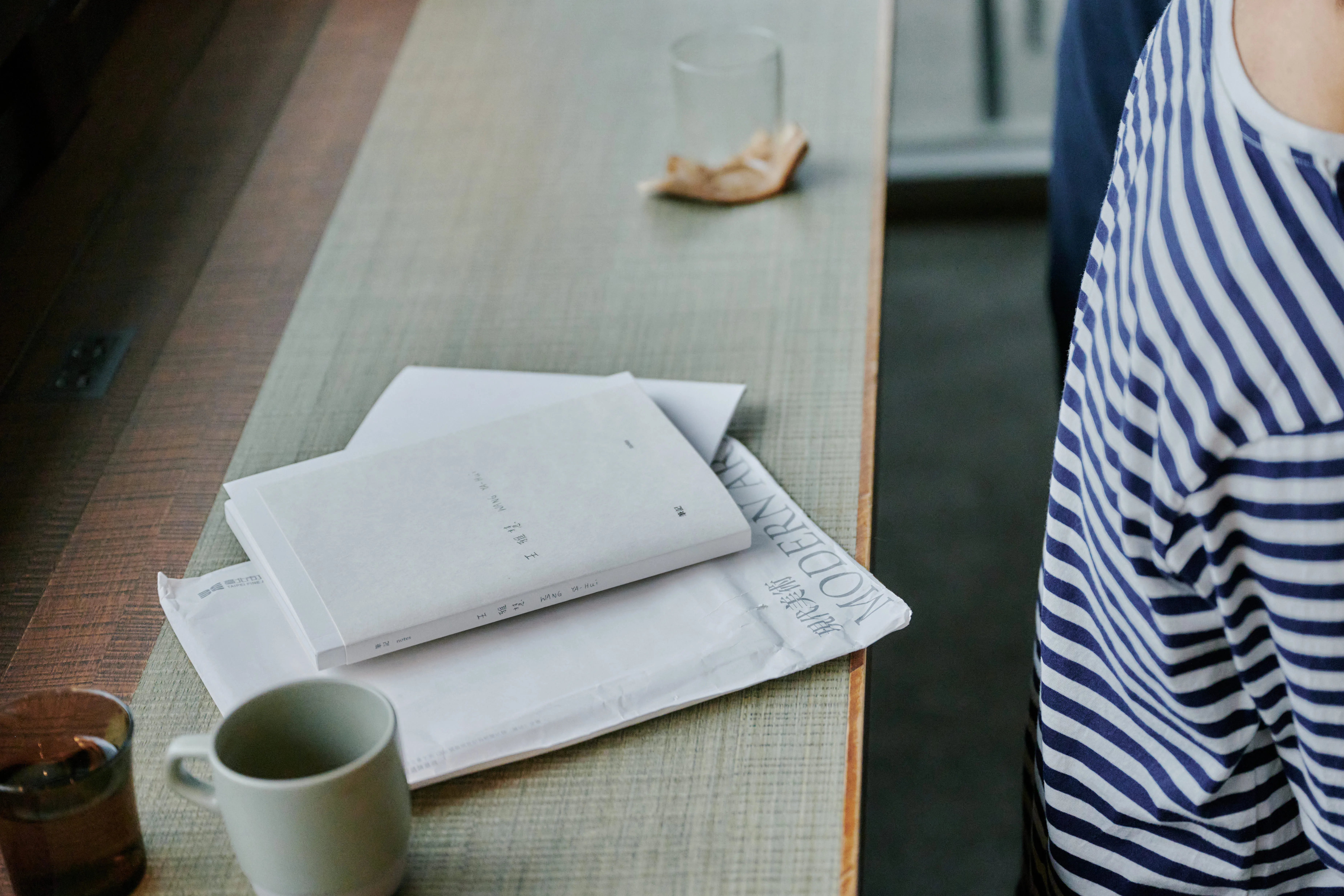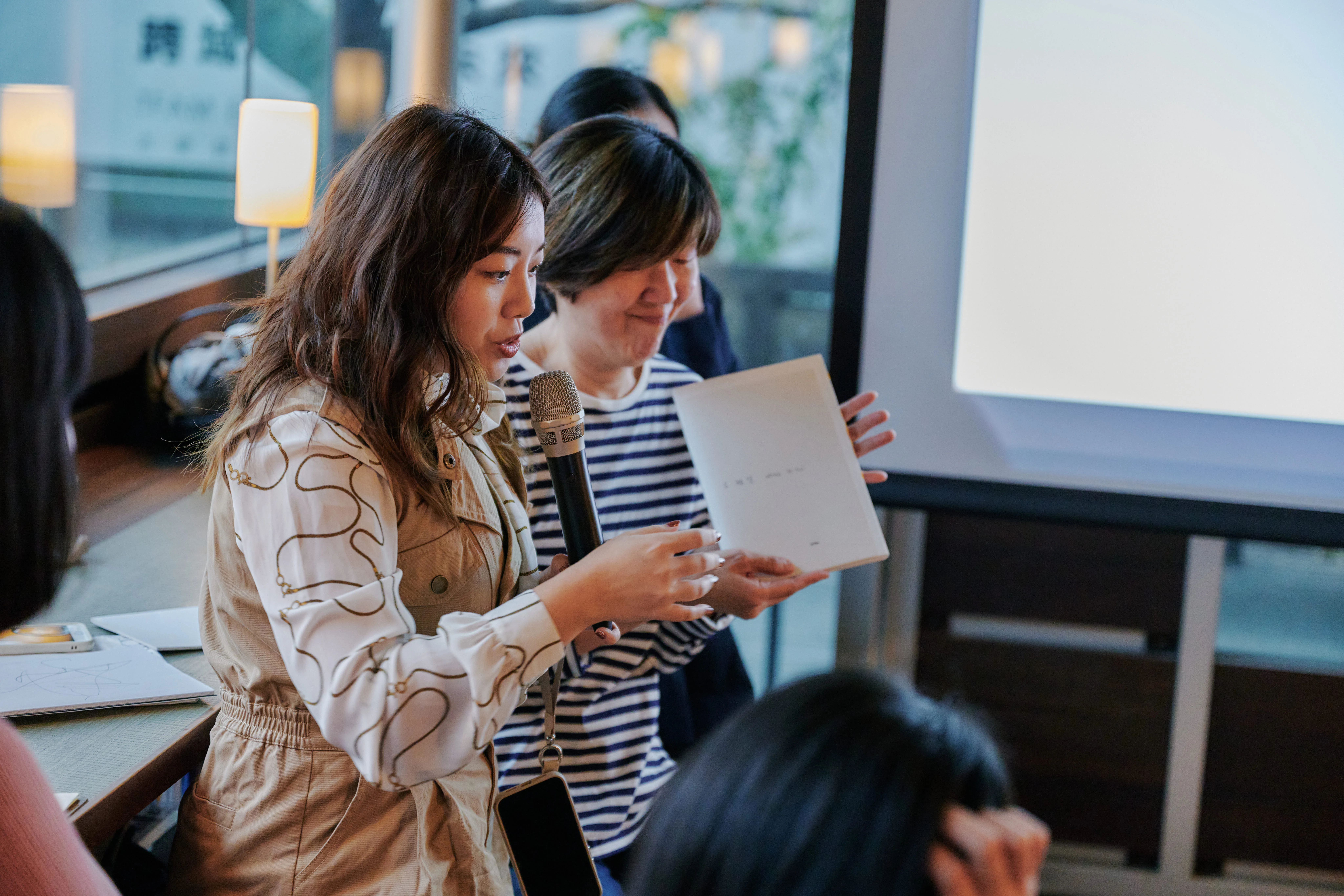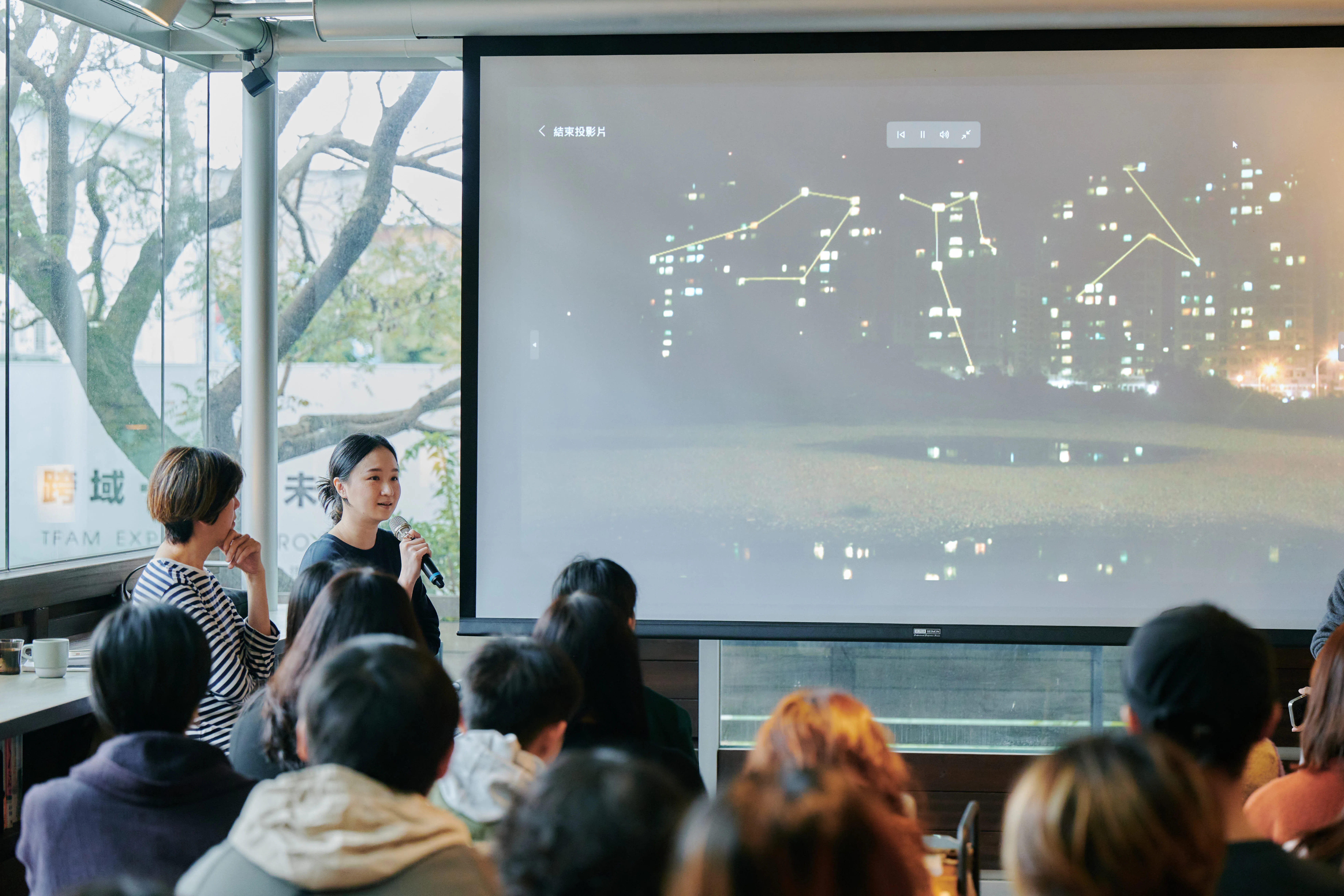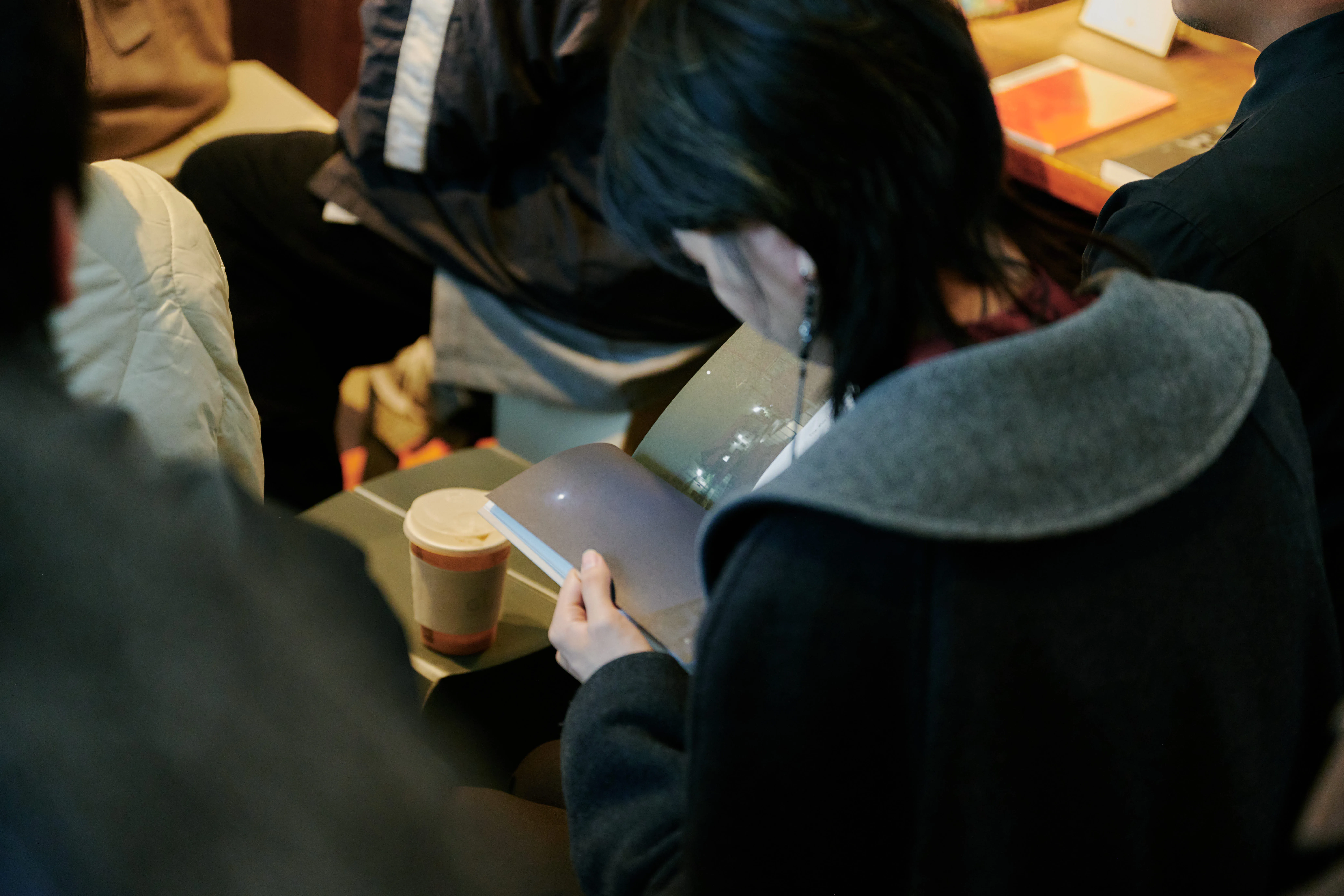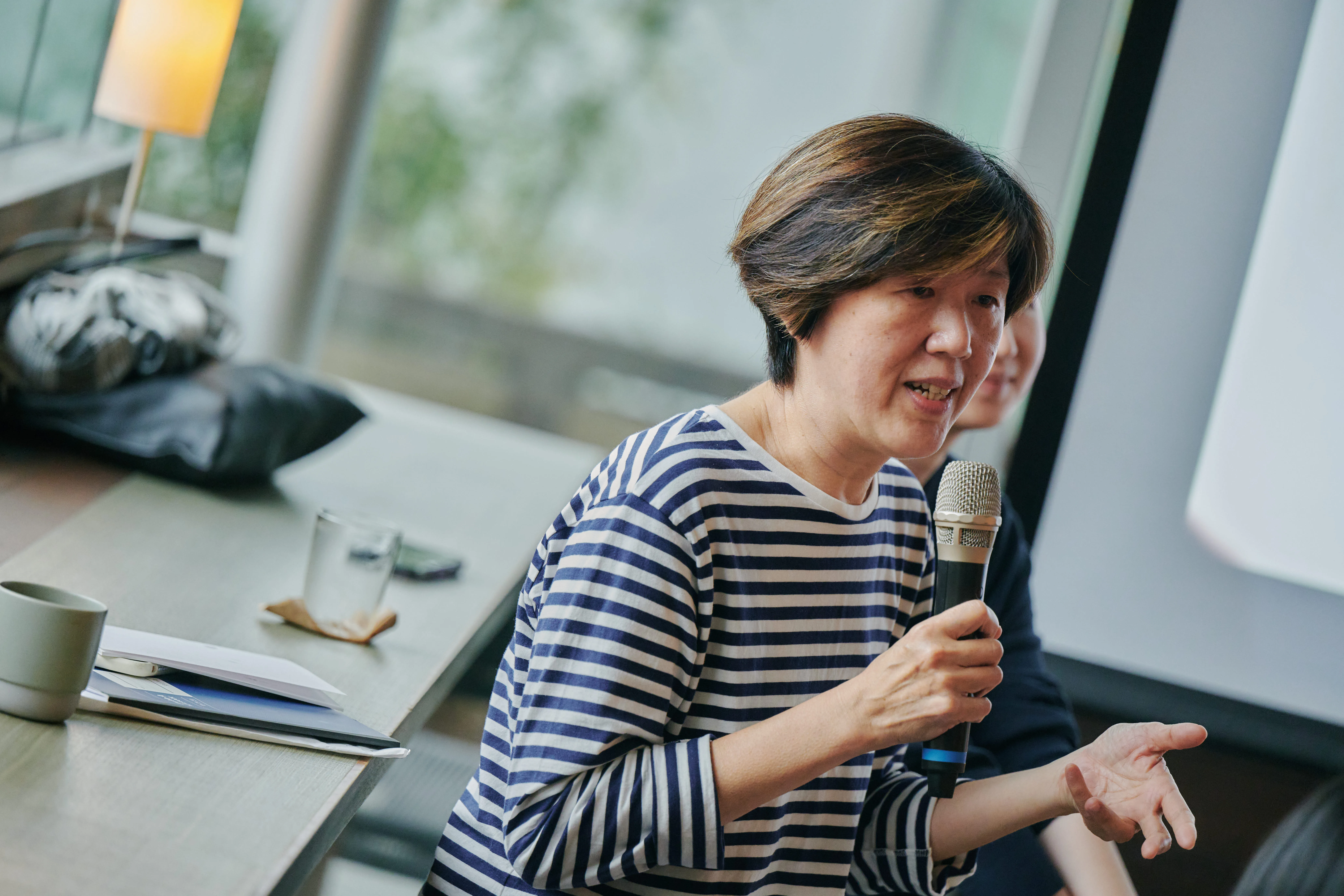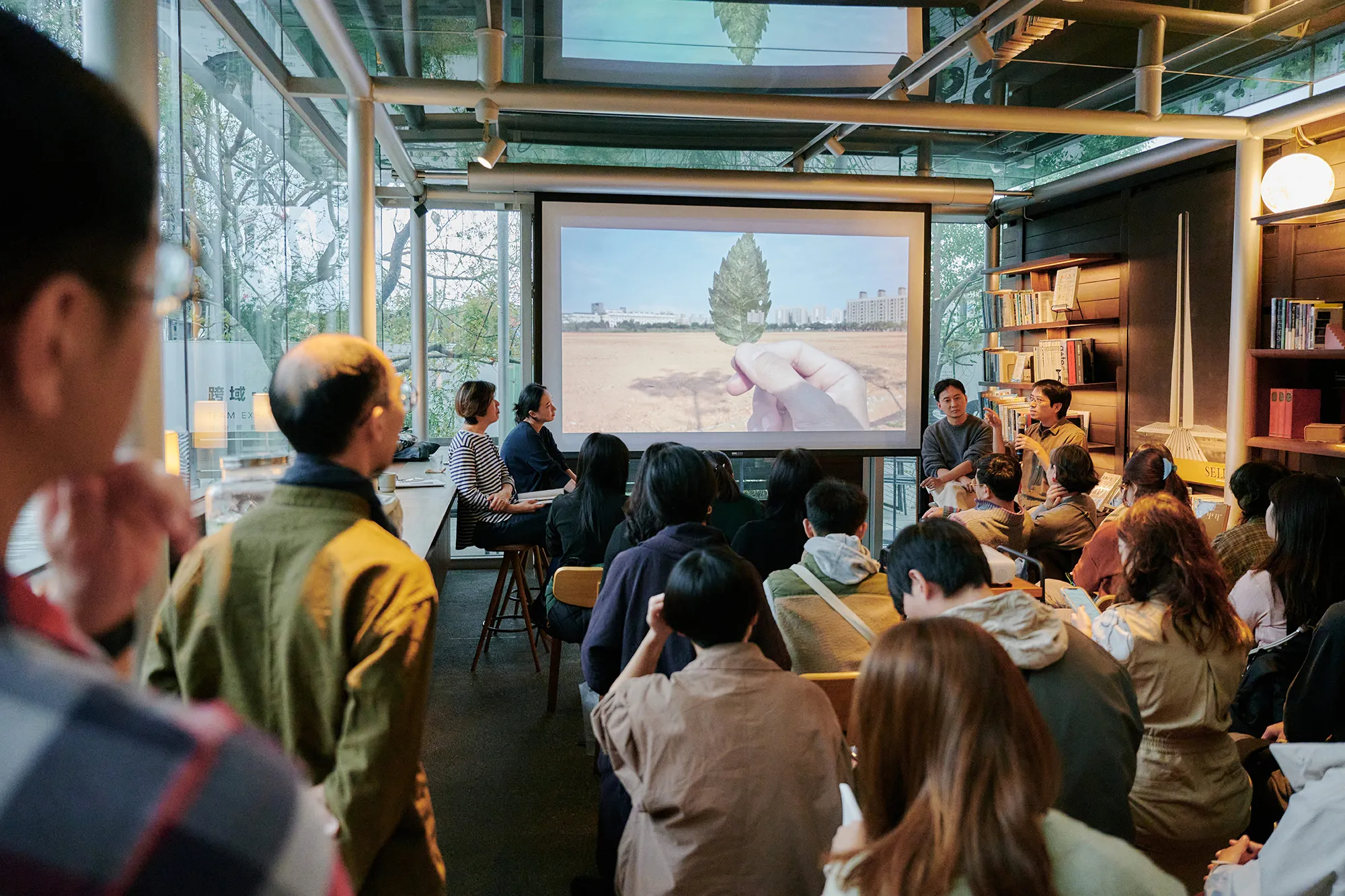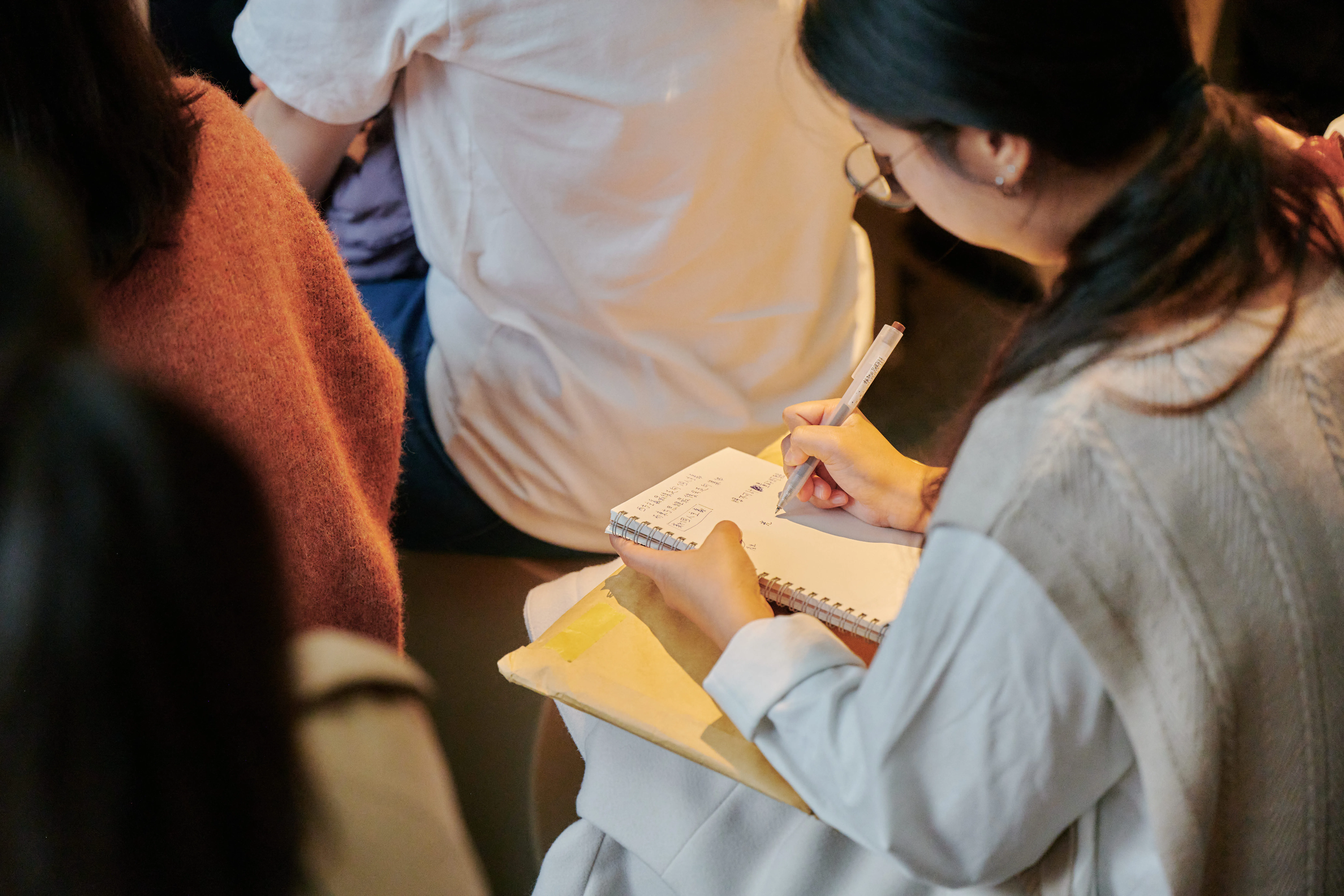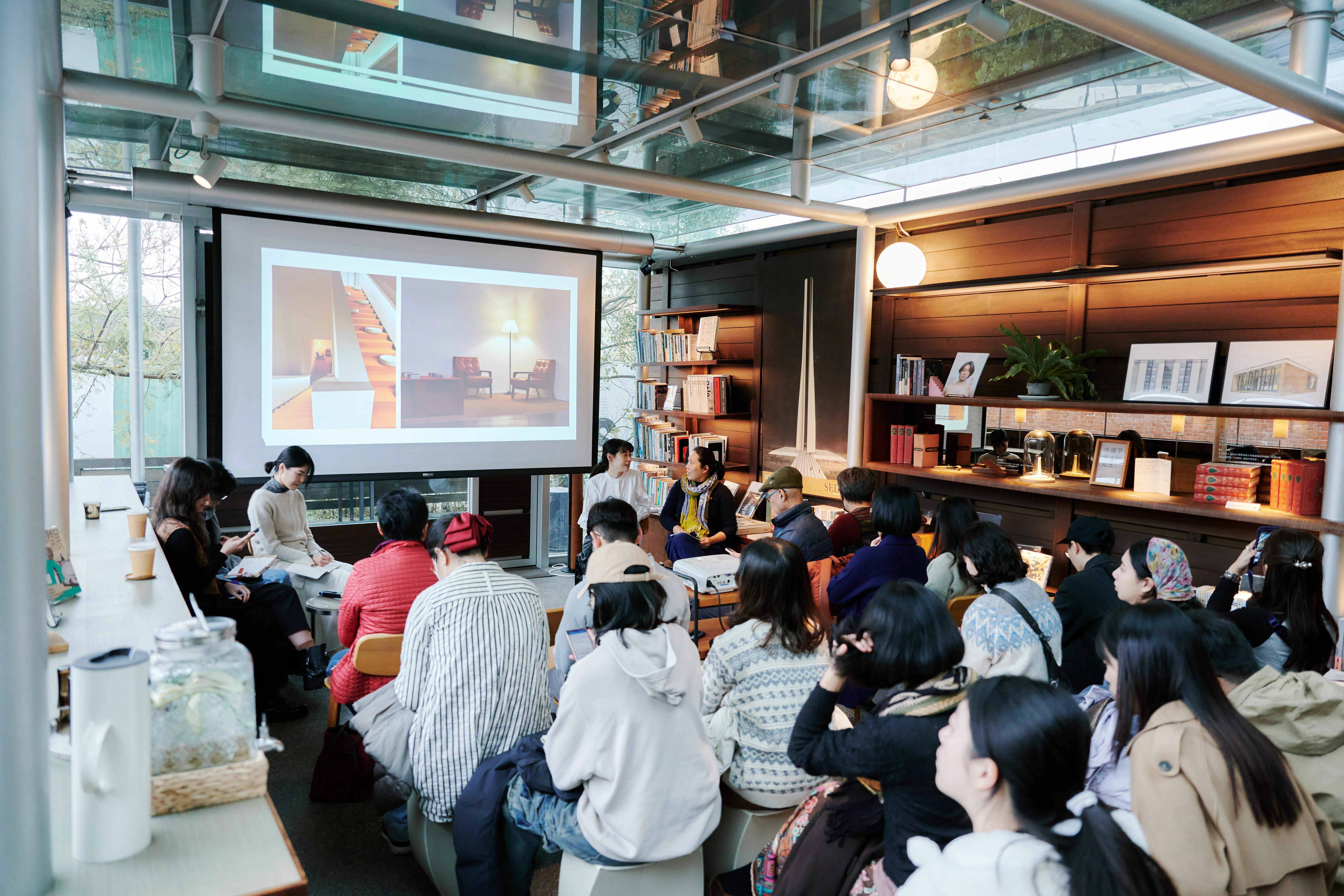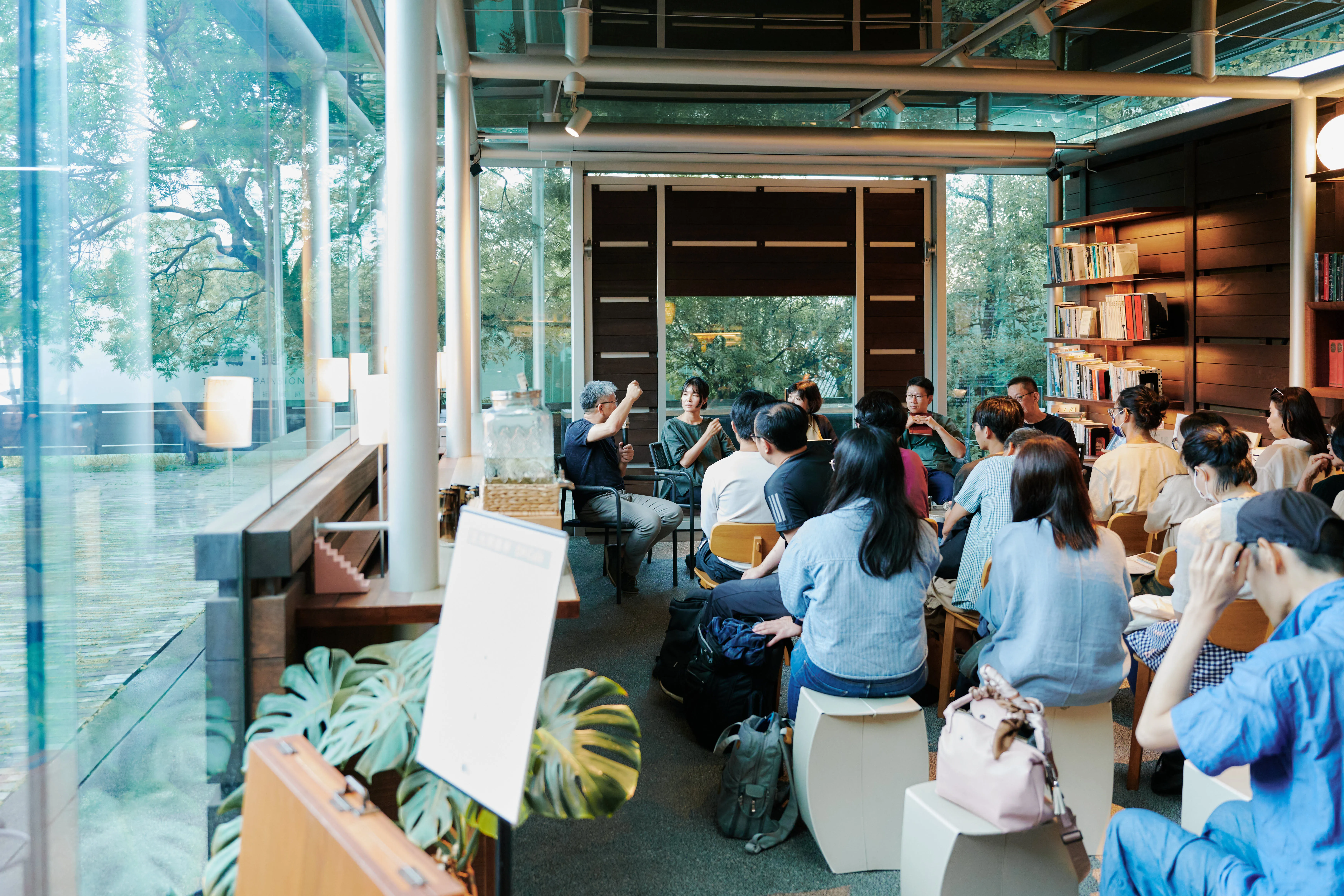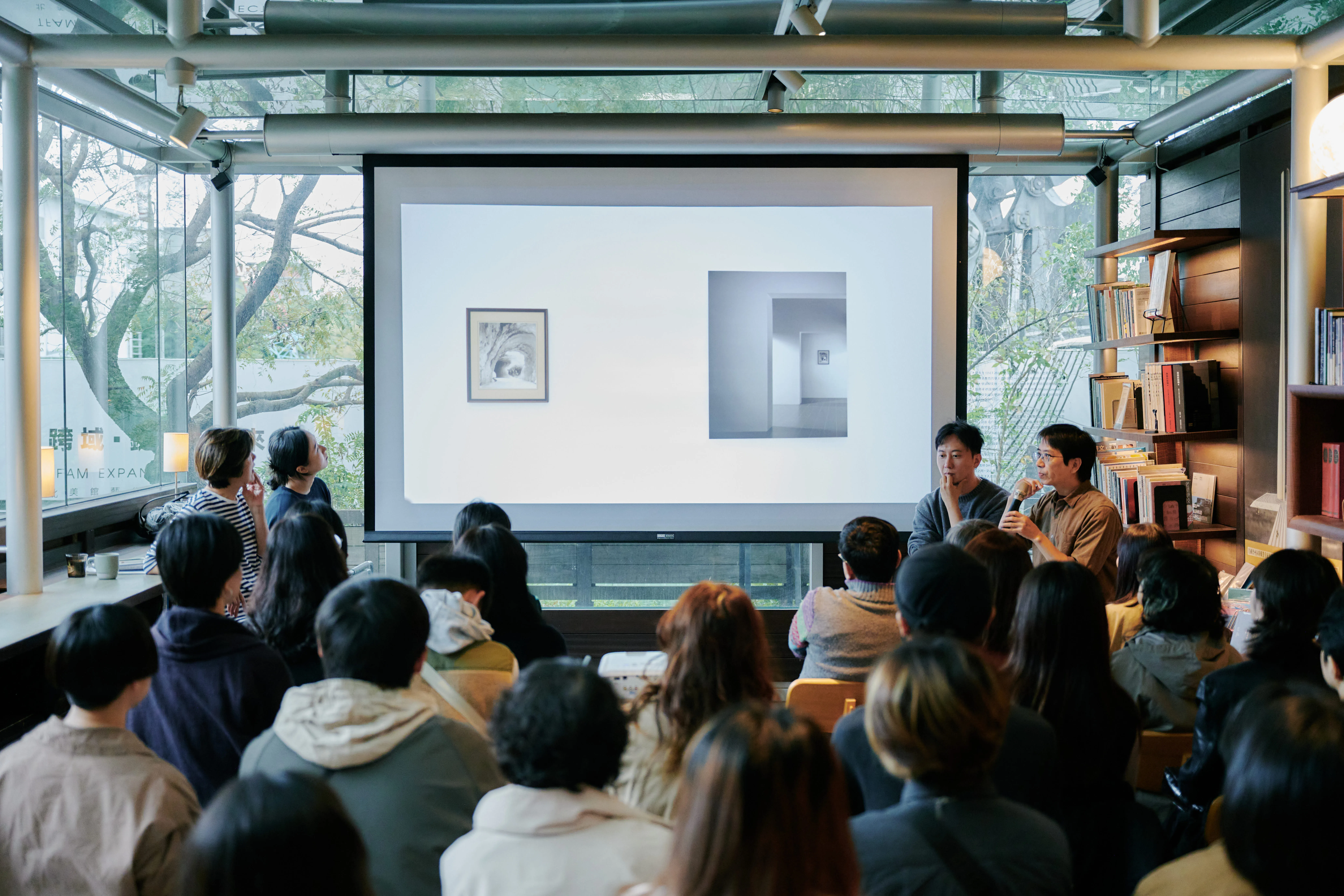
BOOKTALKS| Wang Yahui's New Book Talk on “Notes” — “Inspiration Space”
Speakers
ARTIST NIU CHUN KEUNG
ARTIST WANG DEYU
WANG HANFONG INDEPENDENT CURATOR
Host
Associate Professor, Department of Architectural Design, Siu Yu-Chi-Chien University
Location
DH Café (No. 153, Section 3, Zhongshan North Road, Zhongshan District, Taipei City)
Fee
$150 (Discountable on same day purchase)
Introduction
Artist Wang Yahui's work is full of imaginations of space, and this is linked to her own interest and research in architecture.A symposium held last weekend at Shuxuan invited several architectural and art creators associated with Ai Wai to take the Notes to talk about her work and creative connections from the architecture space face to face.
Regarding the production of the book, Curator and Editor Wang Hanfong shared that Yahui is a curious person who often encounters many of the questions he encounters in the process of combing, trying to understand his own set of ideas and construct a system. Between doubt and confusion, Yai met the architects, artists, and writers who inspired her through reading, and her writing includes research on their works and thoughts. In addition, she once mentioned in an interview how to look at the differences in her own creation: the differences between works and ideas cannot be presented simultaneously, because the change in ideas reflected on the work takes a good few years. YAHUI'S WORK CHANGED SOMEWHAT IN 2019, AND DISAGREEMENTS BEGAN TO BREW AROUND 2011. THE TEXT THAT WAS JUST WRITTEN IN THE BOOK WAS WRITTEN ON THE DAY THE IDEAS BEGAN TO CHANGE. These documents record the process of Ahwai's thinking and the text of his research, which prompted the birth of The Notes.
Event Recap
Similarly, as a creator, Wang Deyu felt that he and Yai Hui had some connection and understanding. She believes that Aoi describes the world through creativity, conveys complex concepts in a simple way in a pure, light way, and shares with the audience what she thinks. Although both create with space to think, images are a continuous plane for Dae-yu, but in the eyes of Jawai there are different “textures” of memory, images, and changes. She disassembles time into a different element and transforms these immeasurable elements of experience into sculptural images One of the ingredients. With these elements, the spectator's sensory memory, perhaps part of the memory that is irrational logic, can emerge in the moment, producing more extensible associations.
The artist Nio Junqiang shared with Yahui a concept that reminds him of a concept mentioned in his book “Quiet and Light: The Architectural Spirit of Louis Kang”: inspiration is generated in the intersection of stillness and light, and on top of this seemingly unified existence, there is a “way” (order). It transcends light and tranquility, symbolizes total knowledge and is a more abstract and mysterious existence. Through text, Yai brings these artists, architects, and creators she loves about “The Way” to the public. As for the impact of architecture on the creation of images, Chun Keung draws on the experience of visiting Longuang Cathedral during her French residency. The experience of visiting Langkha Church had a profound influence on the image editing and exhibition design of Niu Junqiang's later creations. He felt that at first glance Yai did not have a deep connection with architecture in everyday life, but in fact these experiences were internalized by her. A journey in space is transformed into a sense of time in an image, and time and space are incorporated into the creation.
YAHUI REMAINED CURIOUS UNTIL THE END OF LIFE, CONTINUING TO QUESTION THE ULTIMATE IN LIFE, AND CONTINUING HIMSELF THROUGH THE TEXT. From the writing, you can see Yai sincerely sharing 20 ideas that became the artist's footprint. In addition to the work, I hope that her spirit will be conveyed through Notes to more audiences who love her and study art history, and others can be inspired by this book — just as Yai was inspired when she read the works of her favorite creators.
